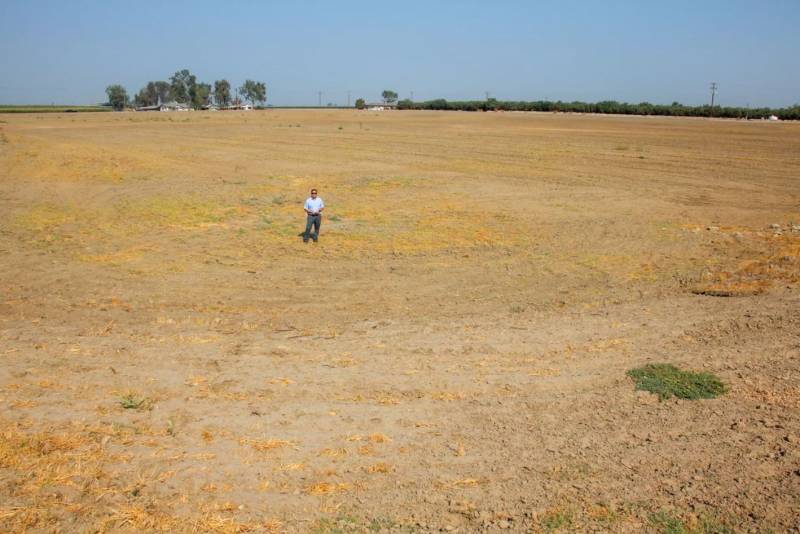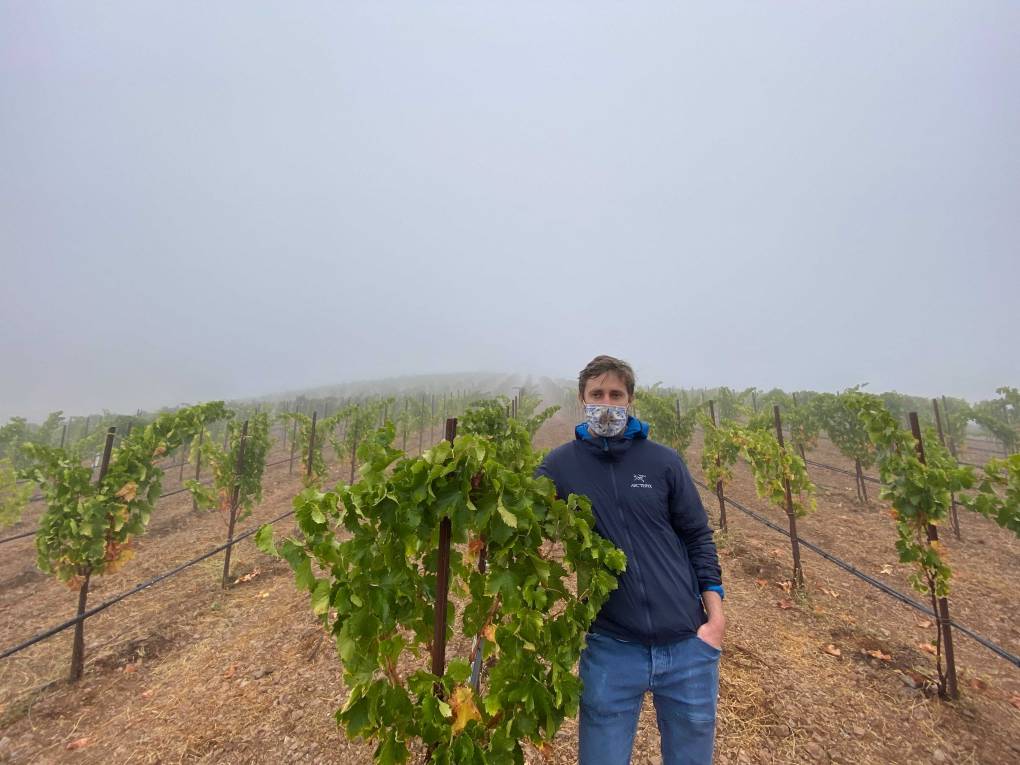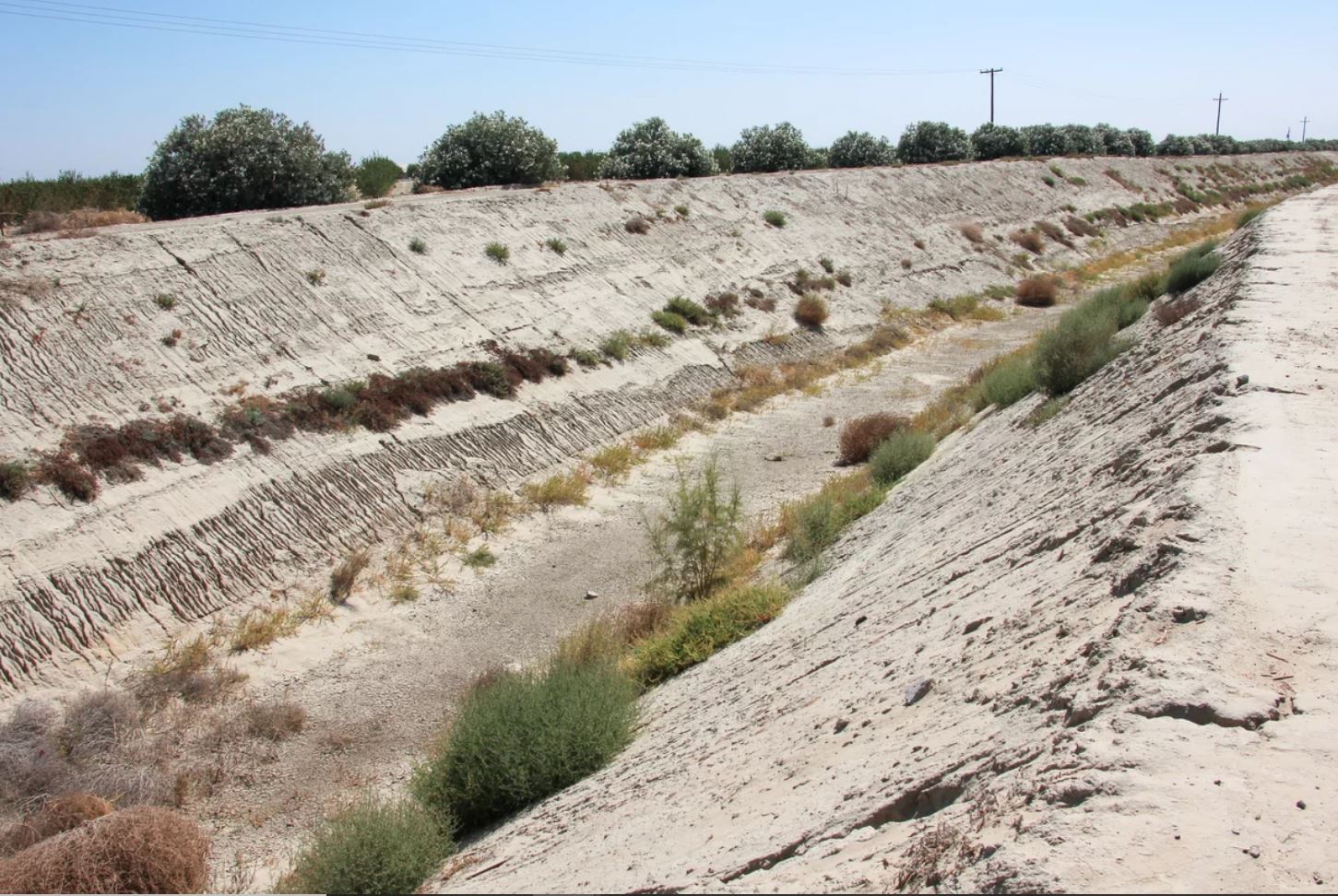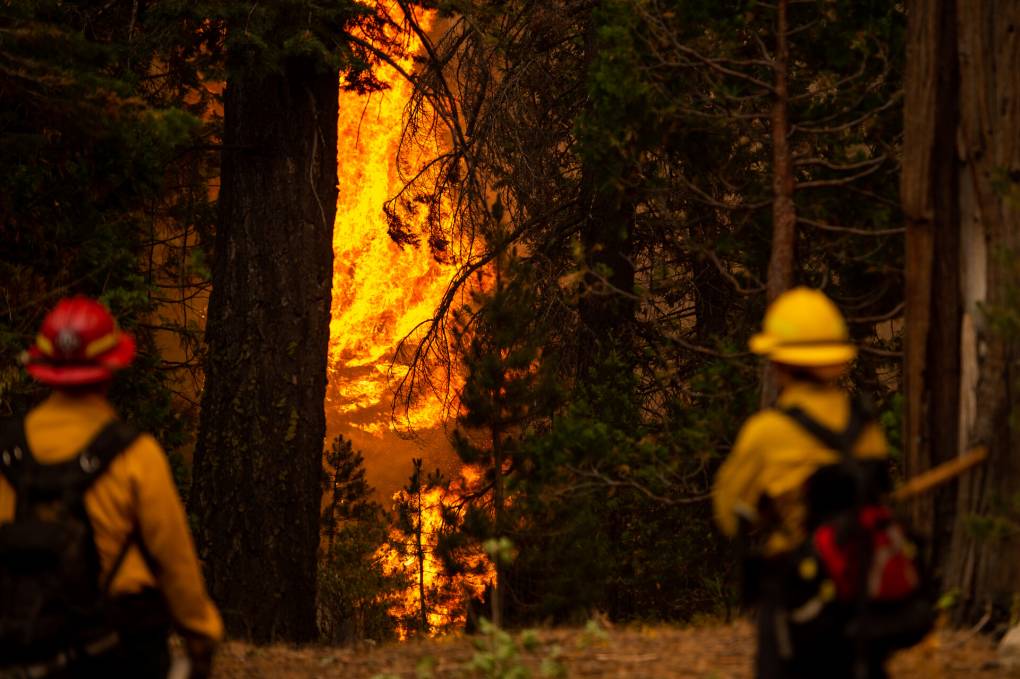Aaron Fukuda admits that the 15-acre sunken field behind his office doesn’t look like much.
It’s basically a big, wide hole in the ground behind the headquarters of the Tulare Irrigation District in the southern part of the Central Valley. But “for a water resources nerd like myself, it’s a sexy, sexy piece of infrastructure,” says Fukuda, the district’s general manager.
This earthen basin could be the key to survival for an agricultural community that delivers huge quantities of vegetables, fruit and nuts to the rest of the country — but is running short of water. The basin just needs California’s rivers to rise and flood it.
When rains come in the winter and swell the rivers, Fukuda and his colleagues open some gates and send water through irrigation canals to fill this basin and lots of others they’ve set up. That captured water will seep into the ground, eventually finding its way to a natural aquifer system hundreds of feet below.
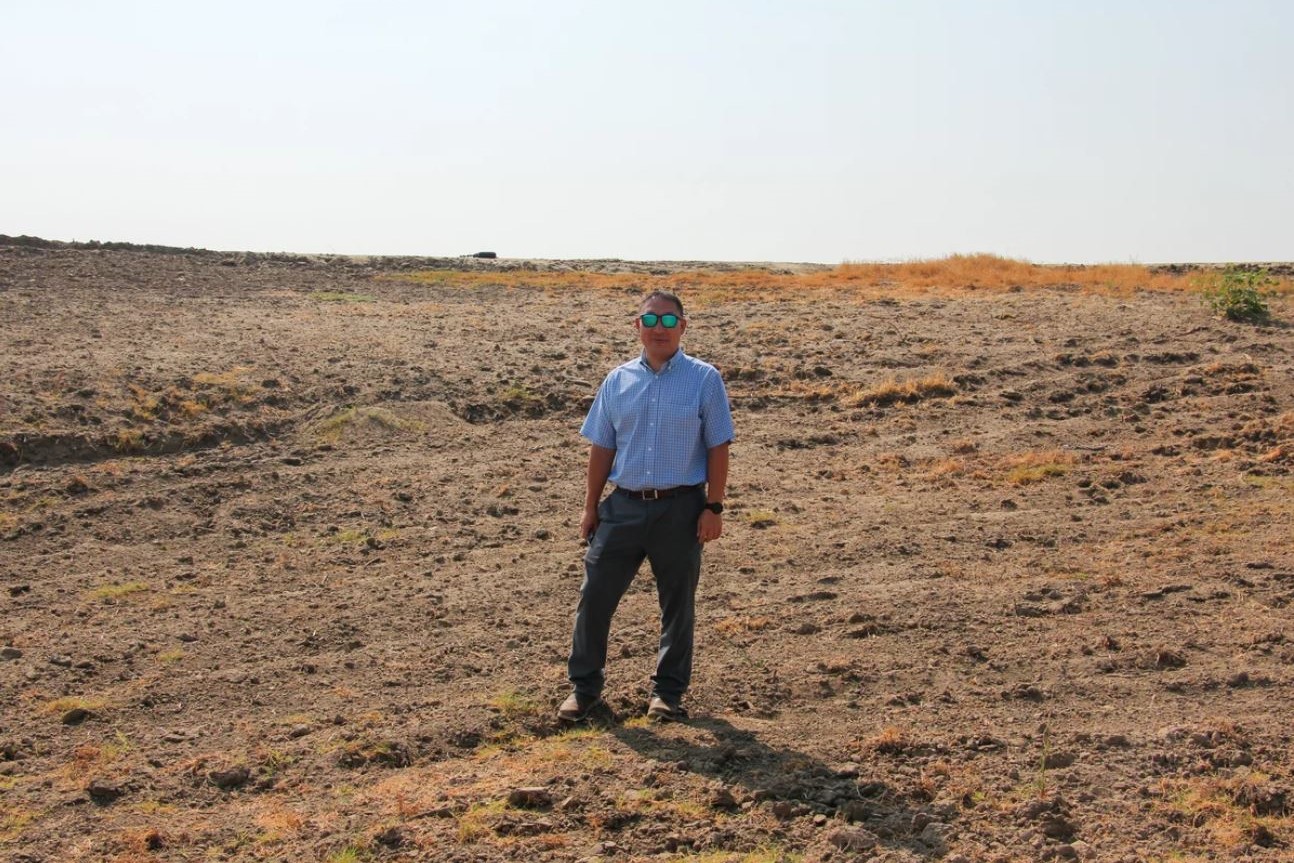
Water underground has become a scarce and regulated asset in the state. Farmers have pumped so much water from aquifers in this part of California that they’ve become depleted, threatening water supplies for agriculture and communities that depend on wells for their household water. The Sustainable Groundwater Management Act, or SGMA, passed in 2014 is just now taking effect and it strictly limits the amount that farmers can pump from those aquifers, and those limits could put some farmers out of business.
Water-capturing basins like this one, however, offer farmers a way to survive. That’s because the new law treats the underground aquifer like a bank account. If farmers deposit water into that account when water is plentiful, they can draw more water out when they need it, in years of drought. “It really is the difference between our community surviving and not,” Fukuda says.
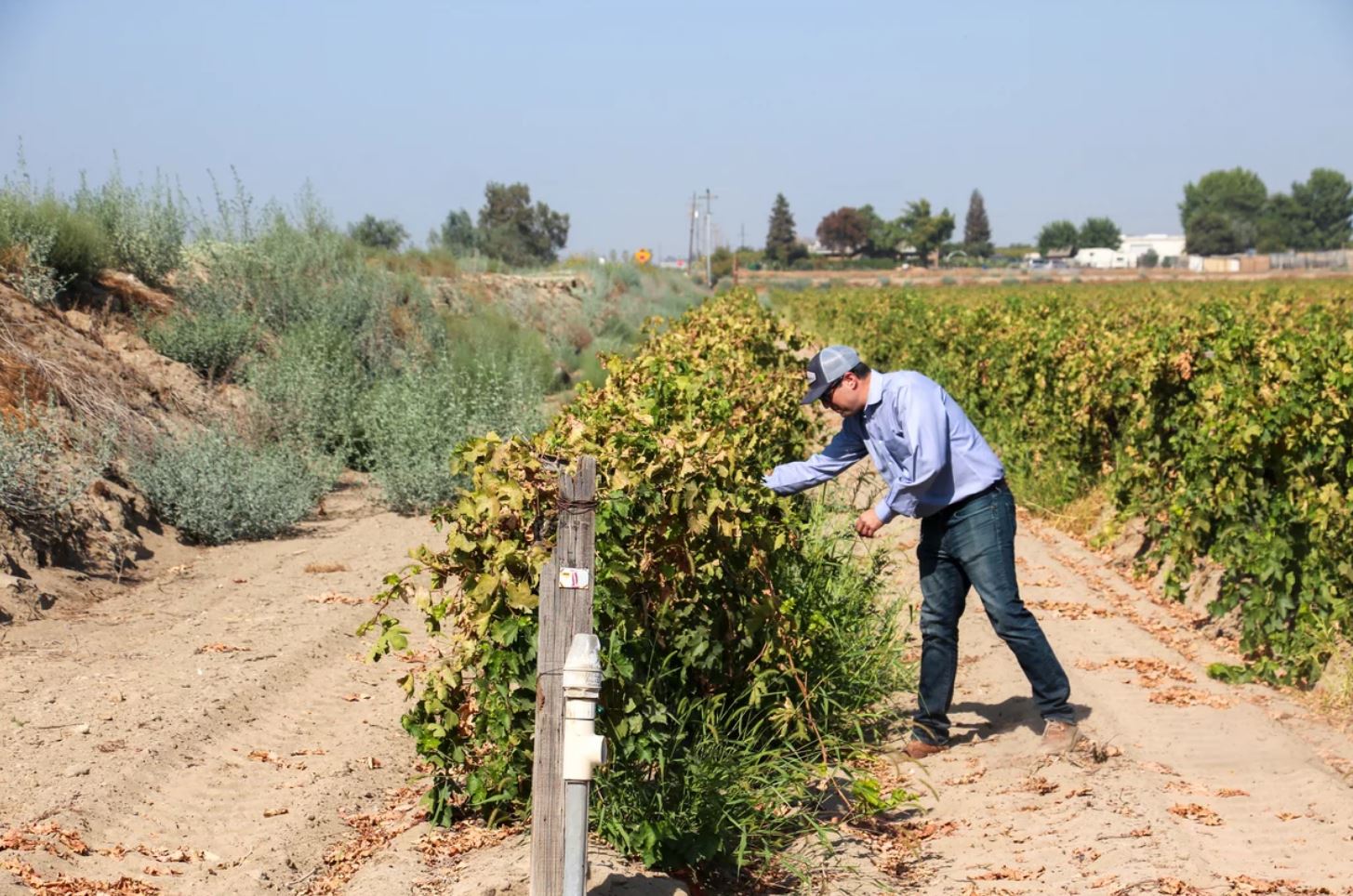
Floods are going from nuisance to lifeline
In the past, many Californians considered the winter floods a nuisance, Fukuda says. Now, that has now changed completely. “It’s liquid gold,” he says. “Cold, crisp floodwater is gold these days.”
Farmers and water managers in the southern part of the Central Valley, where the water problem is most severe, are grasping at the water banking idea like a lifeline. Jon Reiter, a rancher and water consultant, works with some of them.
